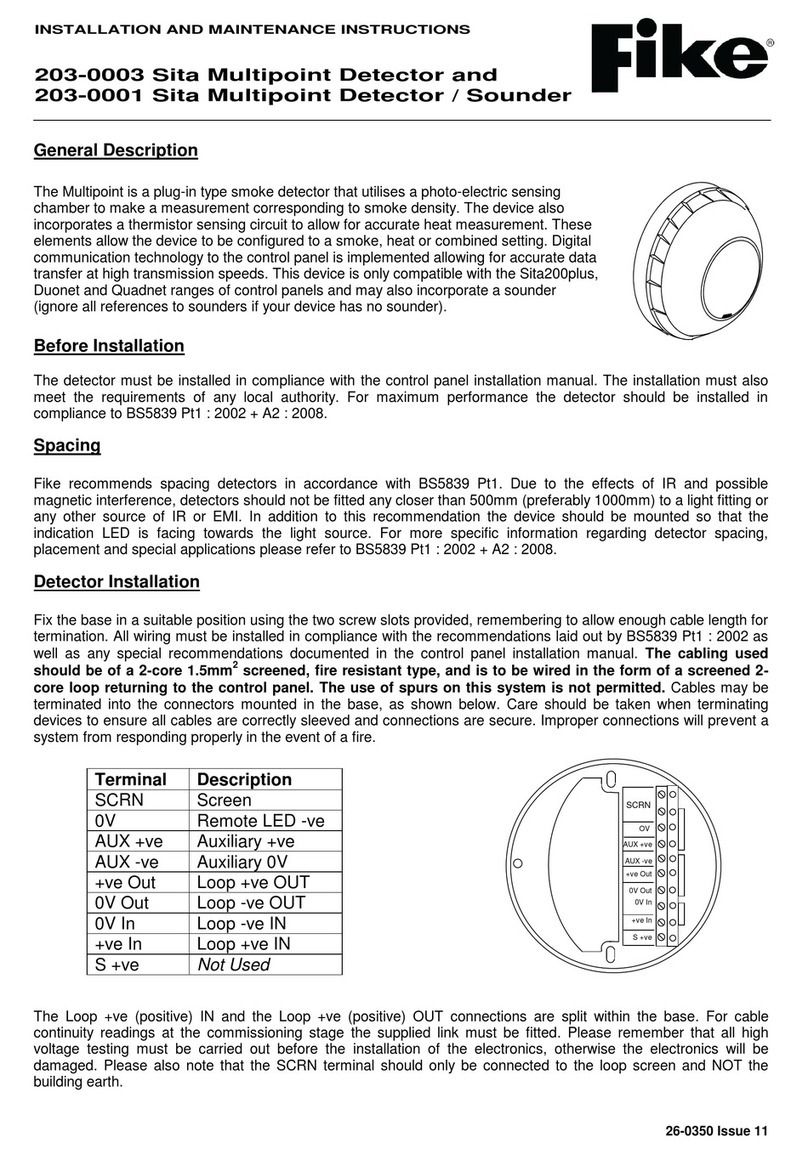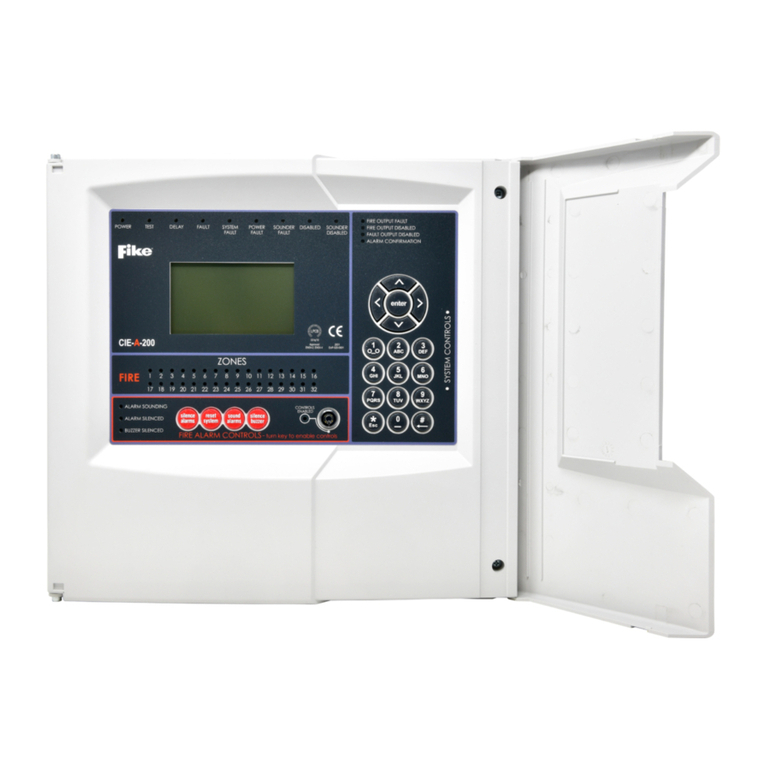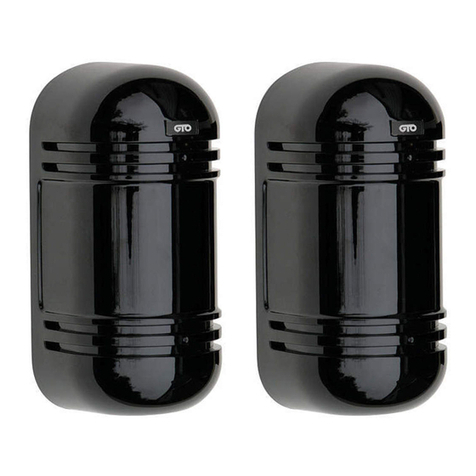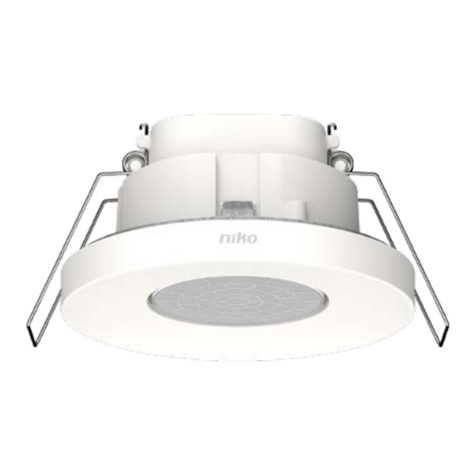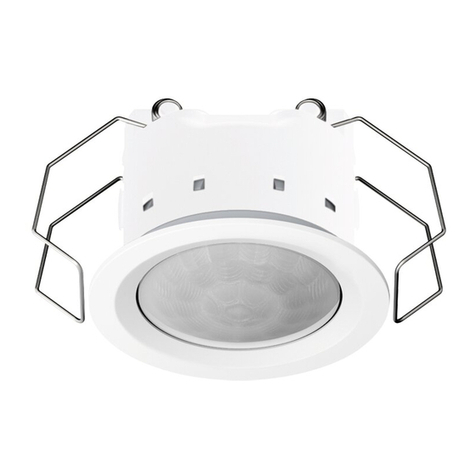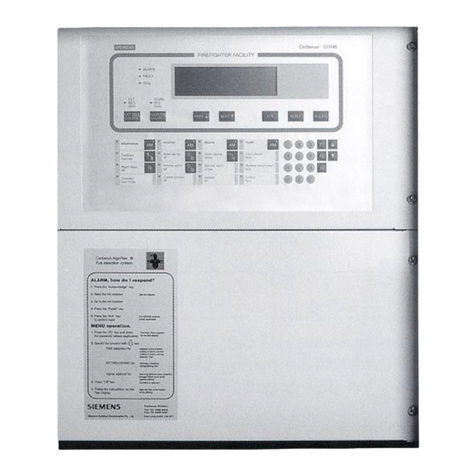Fike FIK-IR3-H2-HD User manual




















Table of contents
Other Fike Security Sensor manuals

Fike
Fike 323-0001 User manual

Fike
Fike FIK-IR3-AS25 User manual

Fike
Fike 60-1039 User manual
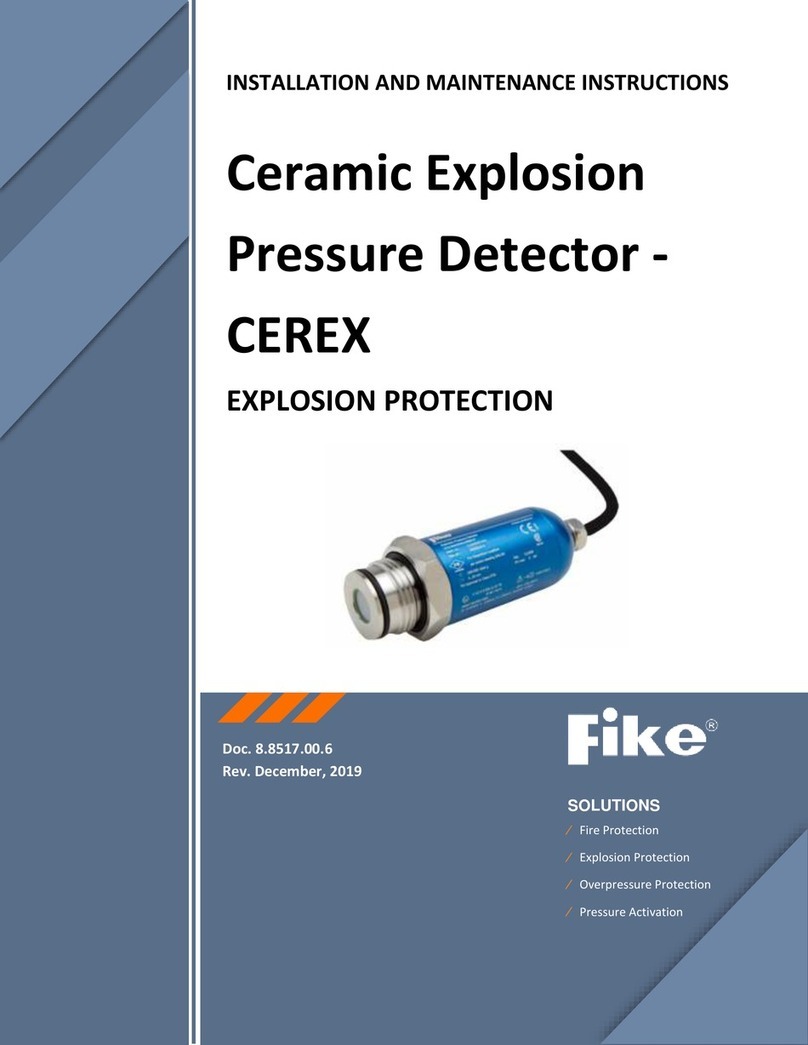
Fike
Fike CEREX User manual
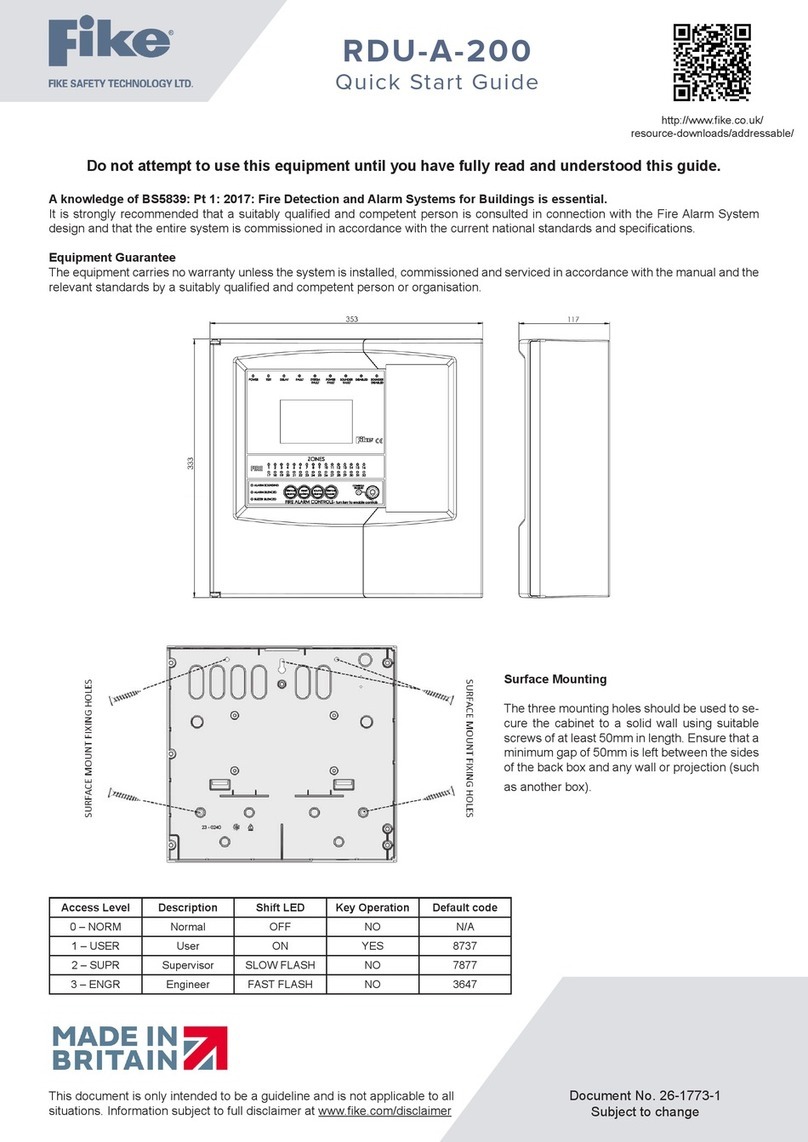
Fike
Fike RDU-A-200 User manual
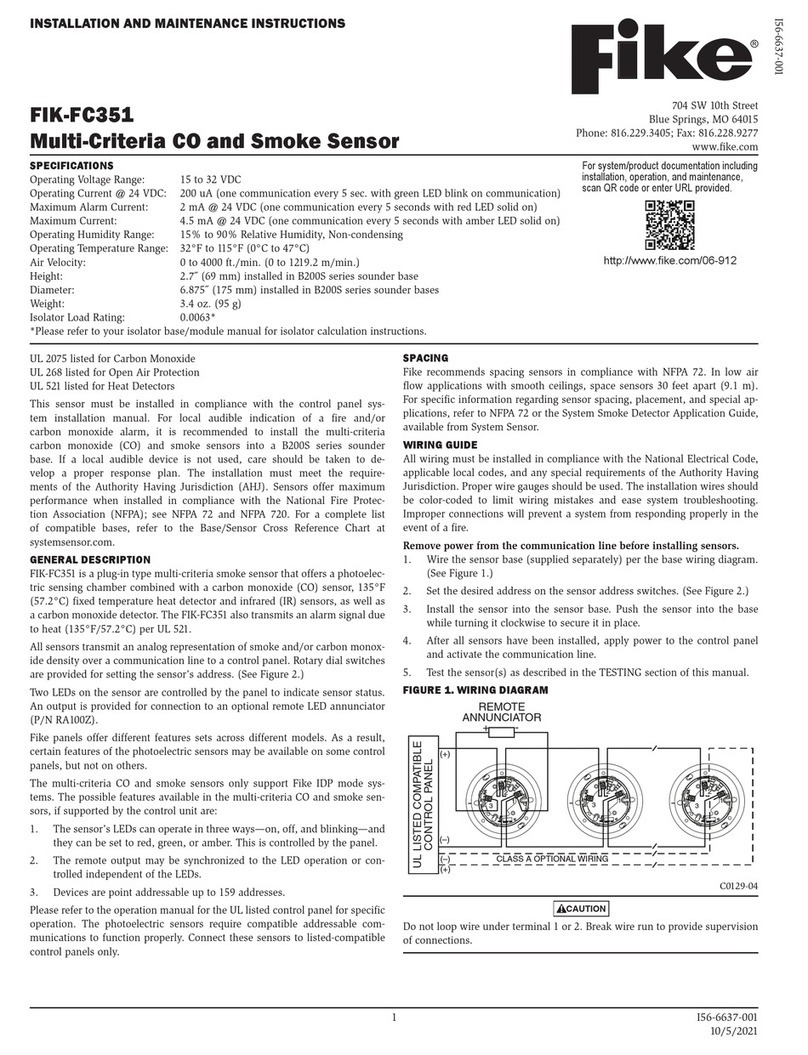
Fike
Fike FIK-FC351 User manual

Fike
Fike Sita User manual

Fike
Fike FIK-UV-IR-HD Series User manual
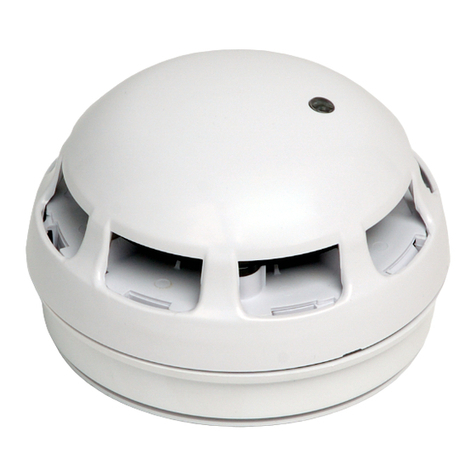
Fike
Fike Twinflex Multipoint 202-0003 User manual

Fike
Fike FIK-W-PULL-DA User manual
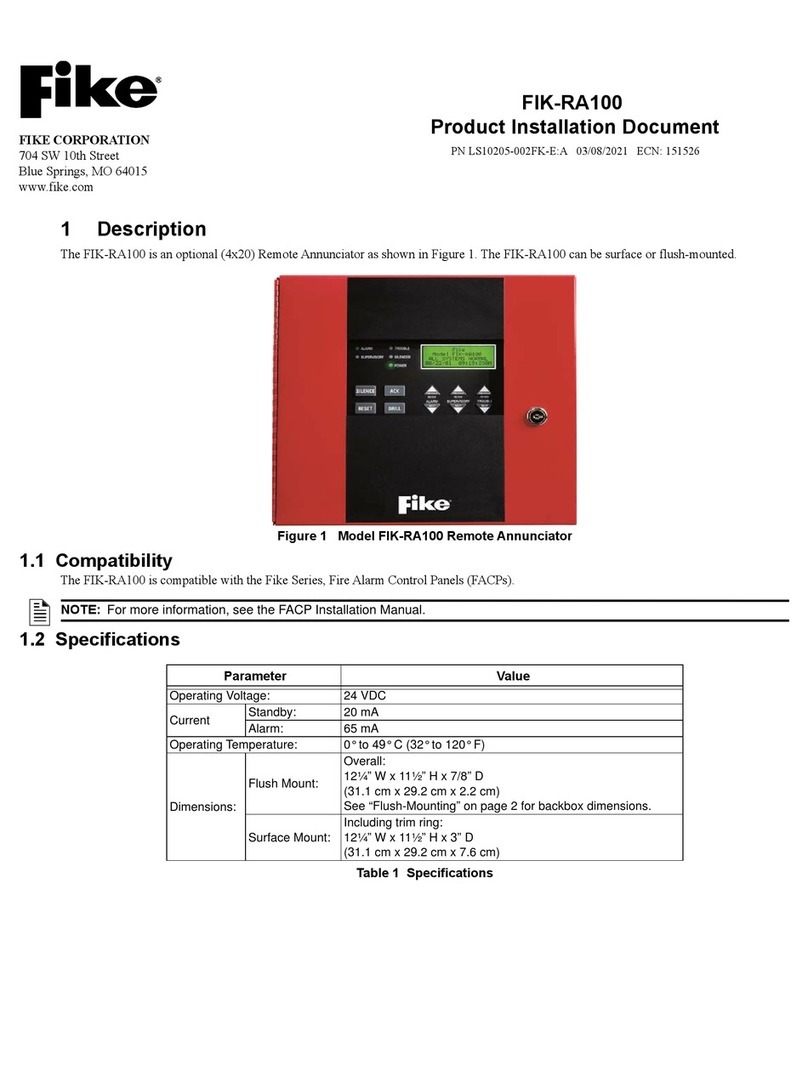
Fike
Fike FIK-RA100 Technical manual
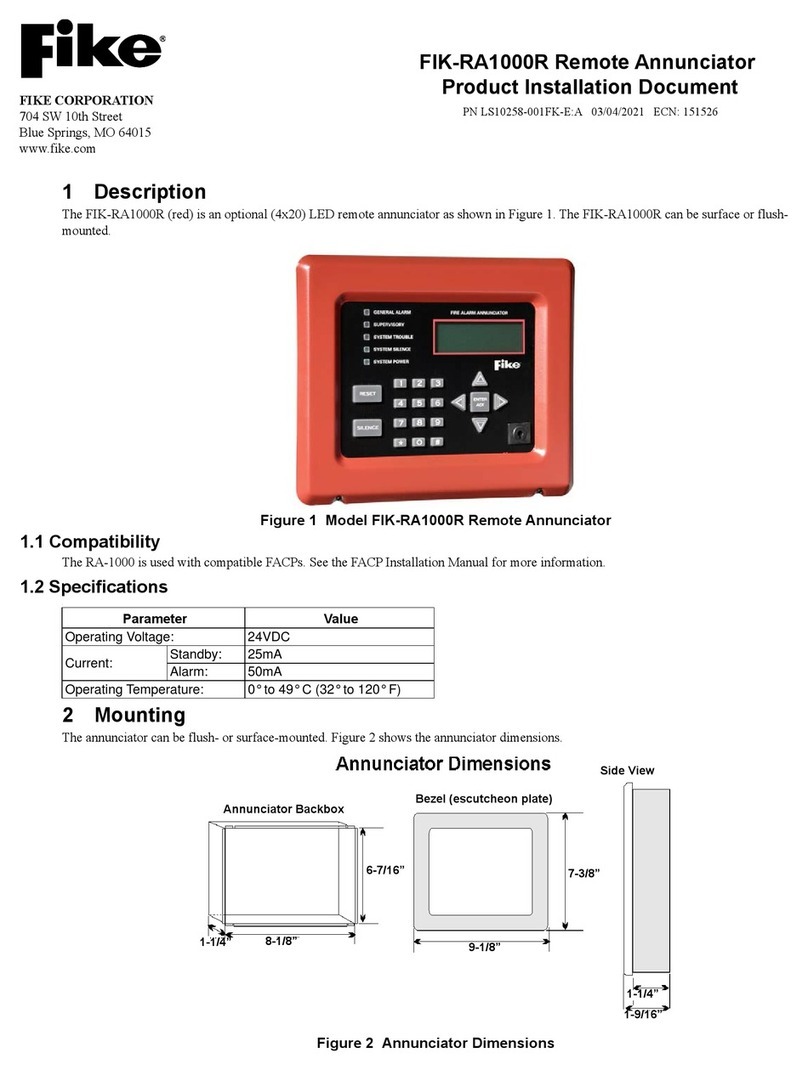
Fike
Fike FIK-RA1000R Technical manual
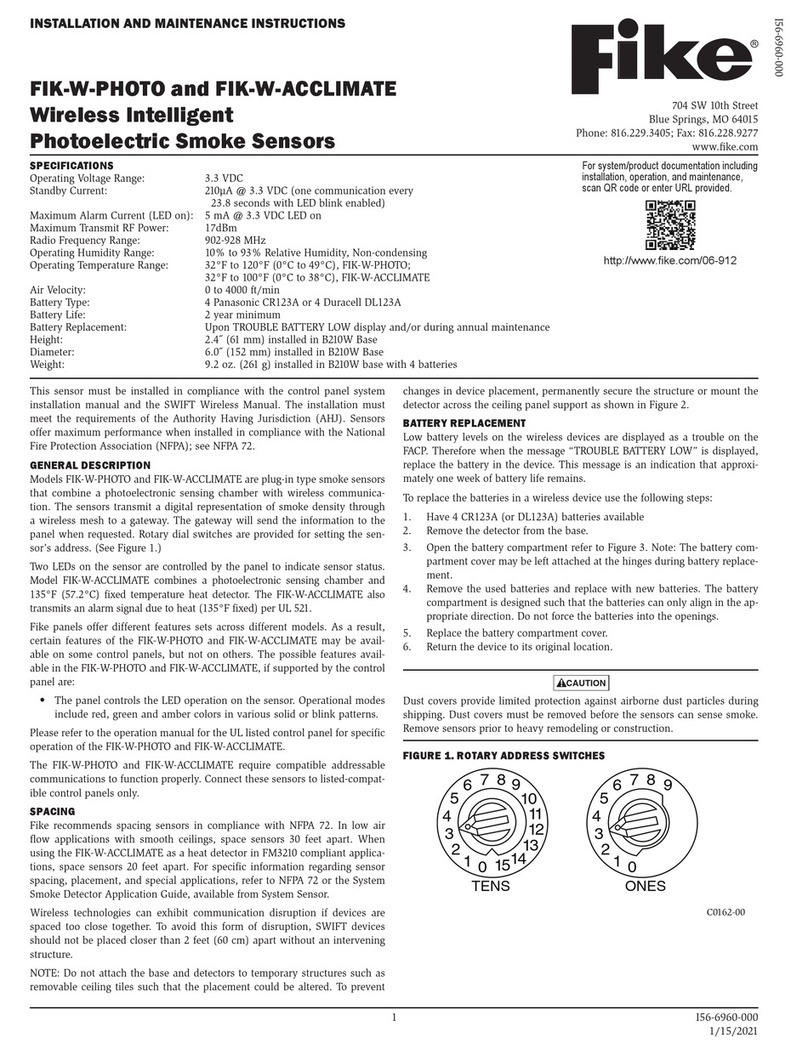
Fike
Fike FIK-W-PHOTO User manual
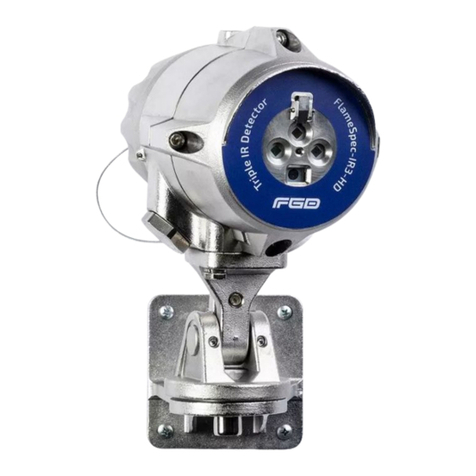
Fike
Fike FIK-IR3 User manual

Fike
Fike VESDA LaserCOMPACT VLC-500 User manual
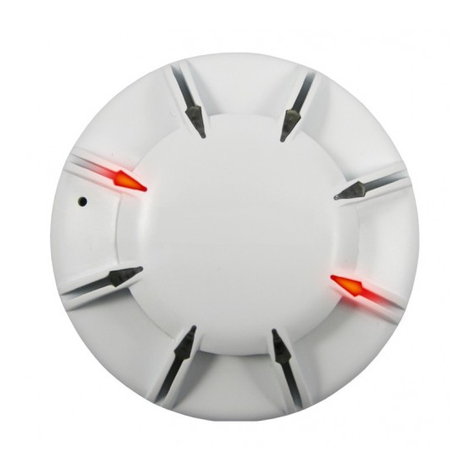
Fike
Fike OCELUS Series User manual
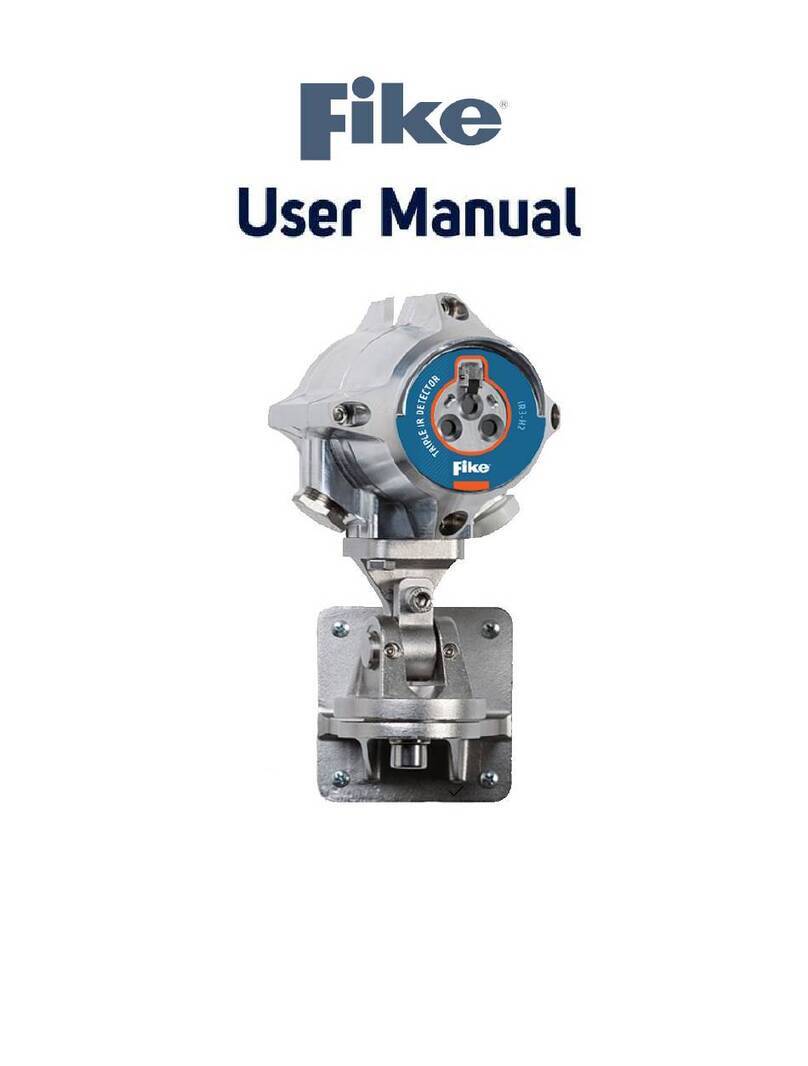
Fike
Fike FIK-IR3-H2 User manual
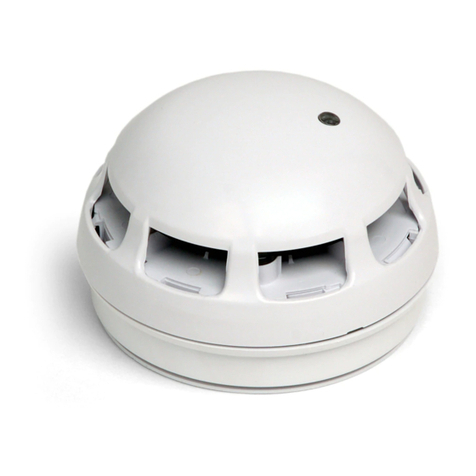
Fike
Fike 204-0003 Twinflex Multipoint ASD User manual
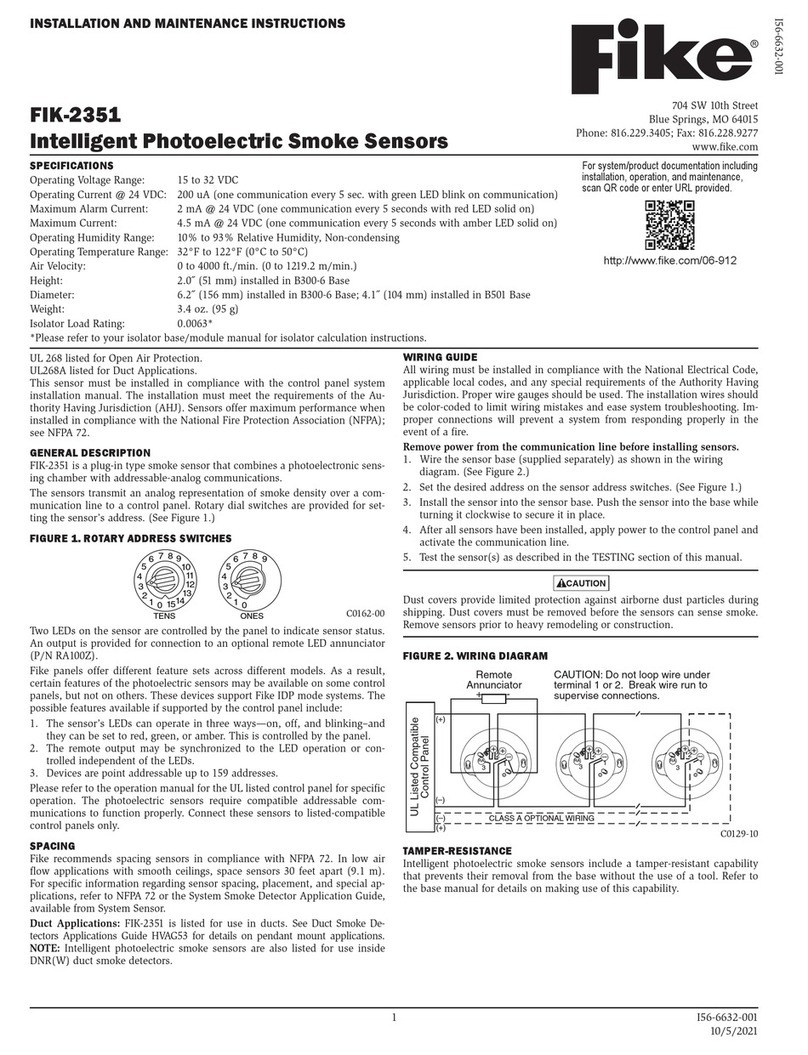
Fike
Fike FIK-2351 User manual

Fike
Fike FIK-IR3-HD User manual
Popular Security Sensor manuals by other brands
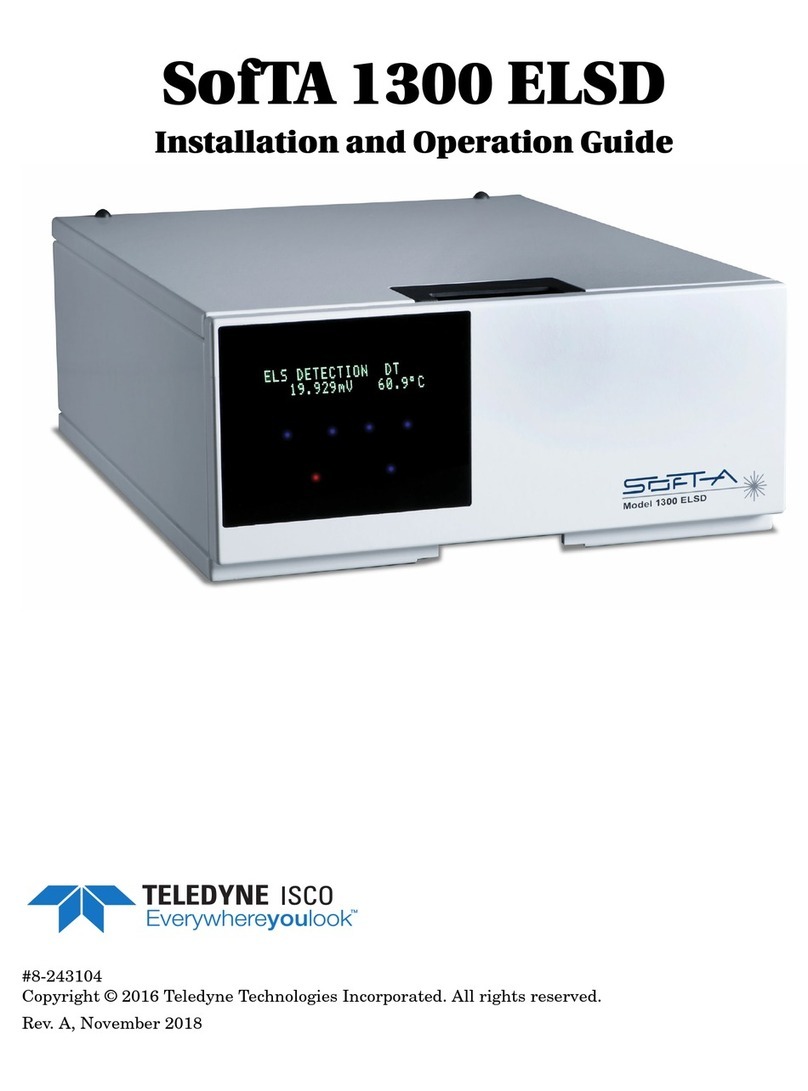
SofTA
SofTA 1300 ELSD Installation and operation guide
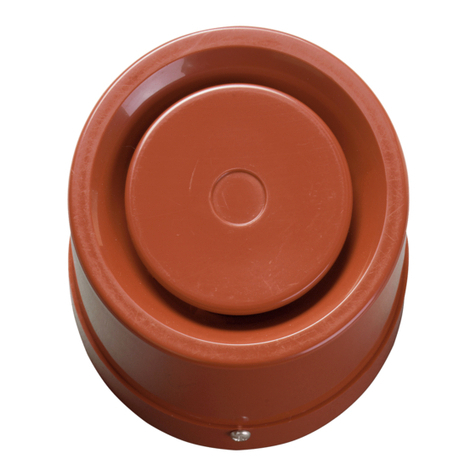
Kilsen
Kilsen SK08A Installation sheet

EDWARDS SYSTEMS TECHNOLOGY
EDWARDS SYSTEMS TECHNOLOGY 280 Series Installation sheet
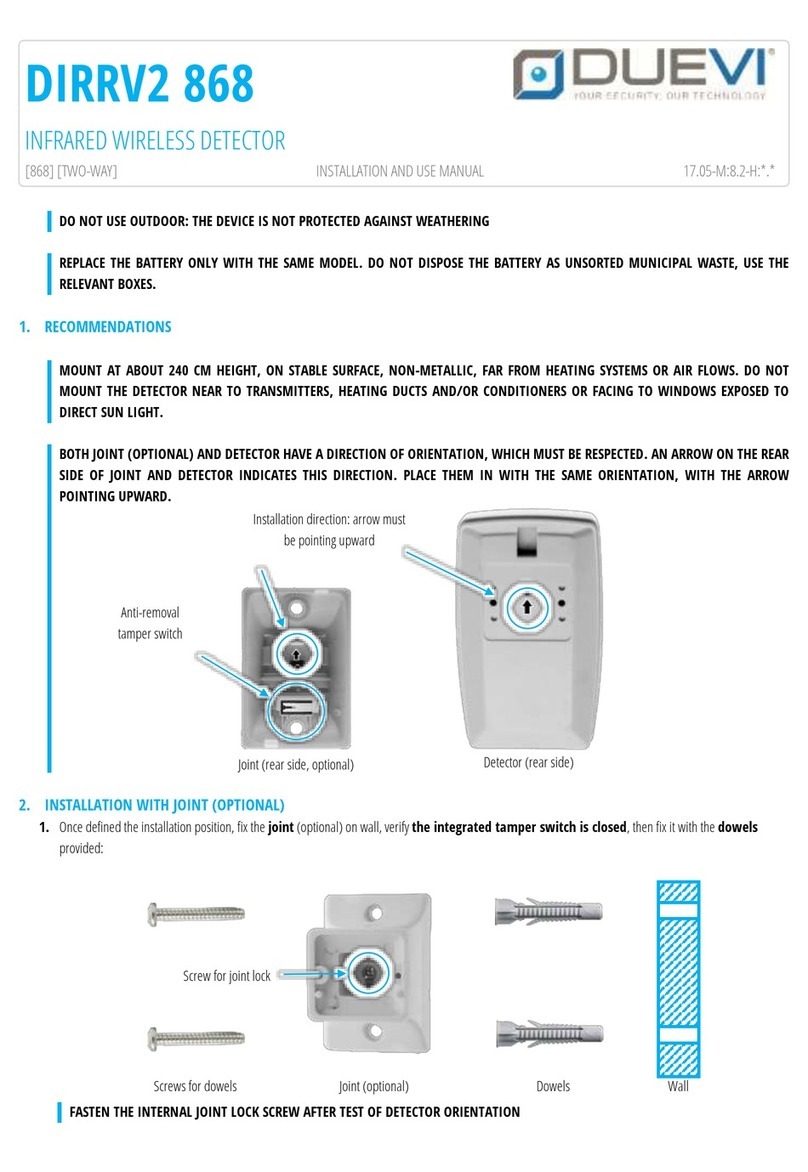
Duevi
Duevi DIRRV2 868 Installation and use manual
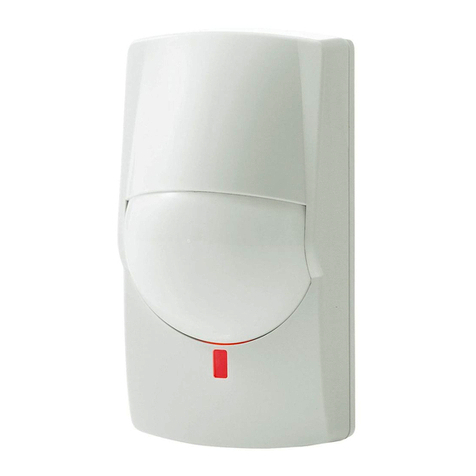
Optex
Optex MX-40QZ installation instructions

Honeywell
Honeywell Miller MightyLite Series User instruction manual supplement
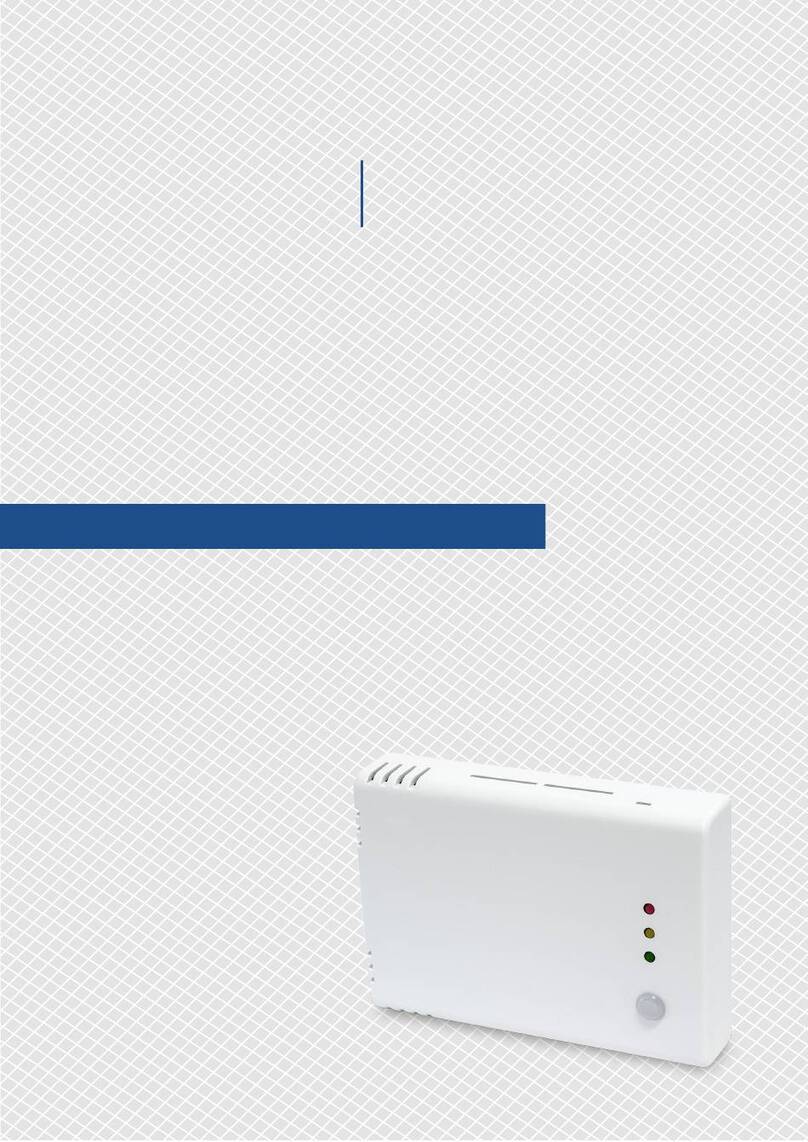
Sentera Controls
Sentera Controls RCMFH-3 Mounting and operating instructions
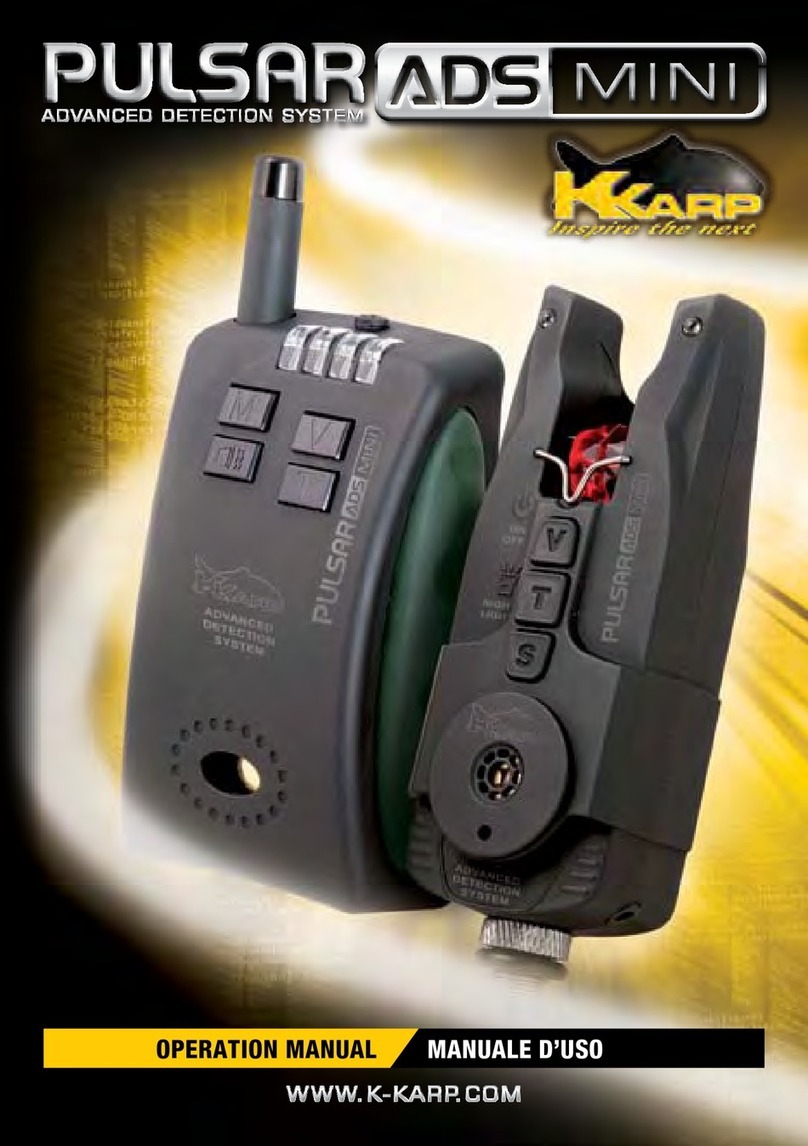
Pulsar
Pulsar ADS MINI operating instructions

Emerson
Emerson Rosemount 389 quick start guide

Radiodetection
Radiodetection Schonstedt u-LOCATE quick start guide
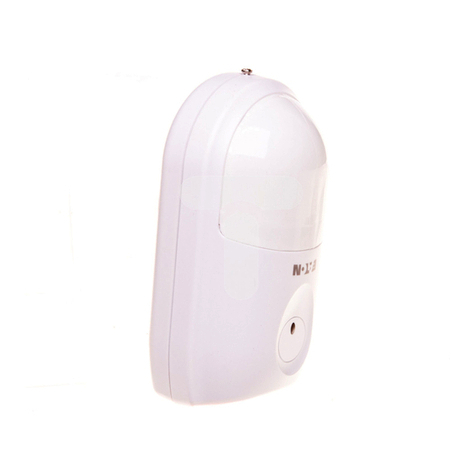
Eaton
Eaton xComfort CBMA-02/01 Instruction leaflet

Tie Down Engineering
Tie Down Engineering Roof Zone 13809 installation instructions
